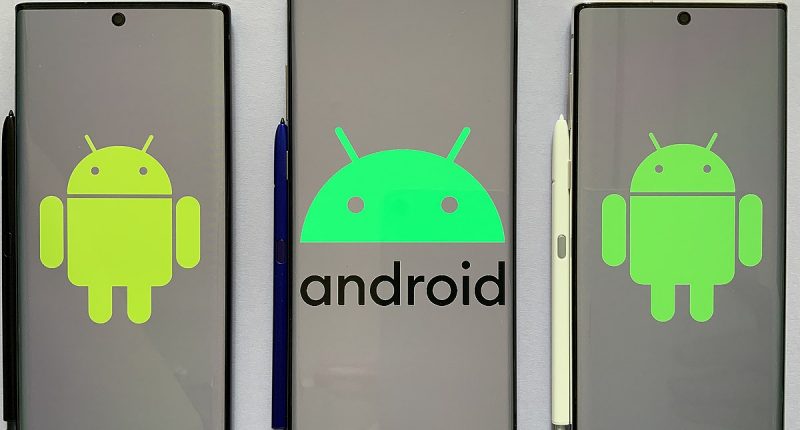According to a report by Canalys, smartphone market in India has seen a decline of a significant 13% during the second quarter of 2021, thanks to the spike in COVID-19 across the country.
The report states that smartphone shipments during the second quarter of 2021, which stood at some 32.4 million units, were around 13% lower as compared to Q1. However, at the same time, the year-on-year comparison against 2020, which was up 87%, was found to be “extremely favorable,” since there was a two-month lockdown during Q2 of 2020.
Among the various brands and market leaders in the country, Xiaomi continued to remain at the top, with a market share of 29% arising from the shipment of 9.5 million units. Samsung came in second, shipping around 5.5 million units and standing at a market share of 17%.
The top 5 places were rounded up by Vivo (at 5.4 million units), Realme (which overtook Oppo to stand at 4.9 million units being shipped), and Oppo, which shipped a total of 3.8 million units.
When compared against the second quarter of 2020, significant year-on-year annual growths are noted, with total numbers of shipments rising, even as percent market shares remain below that from last year. For example, Xiaomi shipped around 5.3 million units last year during Q2, and stood at a percent market share of 31%. As such, the annual growth recorded was 77%. Meanwhile, at Samsung, an annual growth of 87% was noted, since shipments stood at barely 2.3 million units last year.
The reason for the dip in sales this quarter has been attributed to a surge in COVID cases, resulting in restrictions and economic problems for the country and its individuals. Analyst Sanyam Chaurasia attempted to shed light on the trend, saying, “India was taken by surprise by its second wave, as the new COVID variant emerged and took hold quickly. For smartphone vendors, this was a wake-up call, and shows the importance of bolstering both online and offline presences equally. Smartphone vendors in India had assumed COVID-19 would not return, and several planned to invest in infrastructure for branded stores and partnerships with third-party offline channels. But once again they were quickly compelled to pivot to an online strategy.”
What was peculiar in this quarter was the fact that even though there was a sequential decline for Xiaomi, the company actually grew its online business, primarily thanks to the Redmi Note 10 series. This was noted by Research Analyst Jash Shah who said that Realme also saw online momentum, particularly with its Narzo 30 series, as it used price cuts during ‘brand-focused days’ to overtake Oppo.
“Oppo entered the direct online channel in May, and though it may not be as profitable as third-party retail, it will allow Oppo to conduct more effective product marketing and increase cross-selling opportunities,” he added.
However, the next quarter might see the market share and total shipments go uphill, as consumer confidence rises thanks to vaccination programmes. To this effect, Chaurasia said, “India will rebound in the second half of 2021, aided by accelerated vaccinations, as well as brands expanding promotional activities and new product releases. But the second half will not see a surge in pent-up demand like last year. The threat of a third wave still looms in India, but as citizen behavior and industrial operations continue to adapt to pandemic conditions, its impact should be minimal. Increasing costs will be challenging, amid limited component supply, rising shipping charges and a tough macroeconomic environment. In the short term, vendors will bear the impact of supply chain disruption, and will be conservative about raising prices. But the component shortage also brings another risk – regional deprioritization – as brands look to allocate their limited supplies of devices to more lucrative markets.”
The third quarter sees a lot of new smartphones being launched. The new Samsung foldables (which are speculated to be announced at the Unpacked event next month), along with Apple’s new iPhones, can also boost demand in the next quarter.
The Tech Portal is published by Blue Box Media Private Limited. Our investors have no influence over our reporting. Read our full Ownership and Funding Disclosure →






